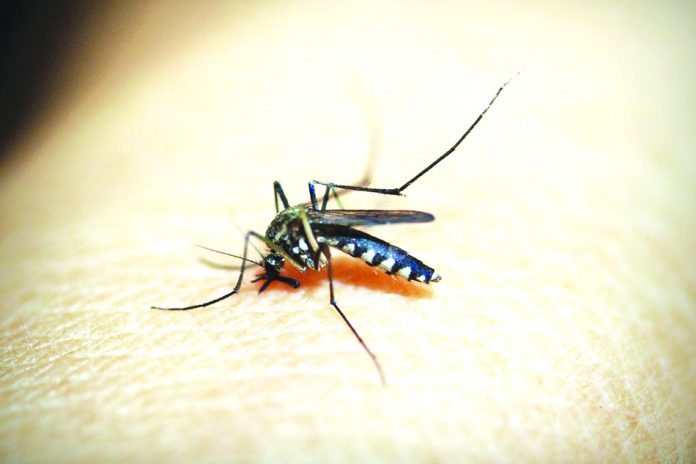
ILOILO City – Western Visayas logged 176 cases of dengue in the first two weeks of this year.
The cases recorded from Jan. 1 to 14, 2023 were 76 percent higher compared to the 100 cases logged in the same period last year, data from the Department of Health’s (DOH) Regional Epidemiology and Surveillance Unit (RESU) showed.
There were no deaths reported as of Jan. 14.
Data also showed that 54 percent of the cases were children between one to 10 years old.
The provinces with the highest number of dengue cases were Negros Occidental with 57, Antique (30) and Iloilo province (27).
Other provinces and highly urbanized cities and their respective number of cases were Aklan (22), Capiz (17), Bacolod City (16), Guimaras (four), and Iloilo City (three).
Dengue is a mosquito-borne viral infection causing a severe flu-like illness that could sometimes be fatal. Its carriers are day-biting mosquitoes (Aedes albpictus and Aedes aegypti) that live and breed and clean, stagnant water.
According to the World Health Organization, individuals should suspect dengue when a high fever (40 degrees centigrade) is accompanied by two of the following symptoms: severe headache, pain behind the eyes, nausea/vomiting, swollen glands, muscle and joint pains, and rashes.
For severe dengue, the warning signs to look out for are: severe abdominal pain, persistent vomiting, rapid breathing, bleeding gums, blood in vomit, fatigue, and restlessness.
The DOH reiterated the observance of the 4S strategy against dengue:
* search and destroy mosquito-breeding sites;
* self-protection measures like wearing trousers and long-sleeved shirts and daily use of mosquito repellent;
* seek early consultation; and
* support fogging/spraying only in hotspot areas where increase in cases is registered for two consecutive weeks to prevent an impending outbreak./PN




